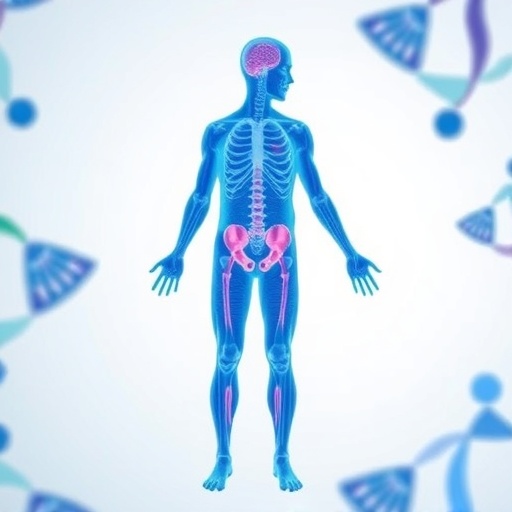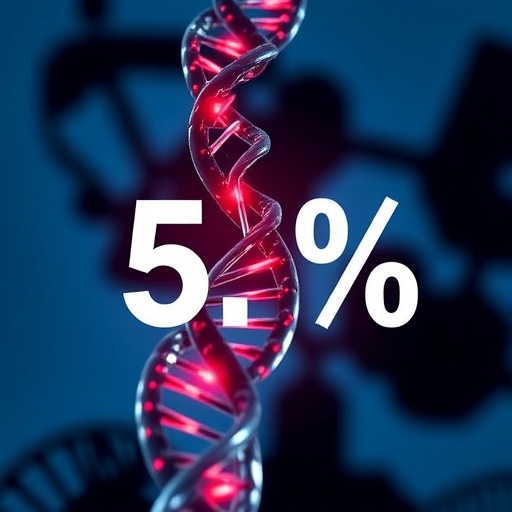Researchers have invented a range of instruments from giant telescopes to rovers to search for life in outer space, but so far, these efforts have yielded no definitive evidence that it exists beyond Earth. Now scientists have developed a new tool that can look for signs of life with 10,000 times more sensitivity than instruments carried on previous spaceflight missions. Their report appears in the ACS journal Analytical Chemistry.
One path to finding life on other planets — or moons — involves looking for signature patterns of amino acids, which are organic molecules that are critical to life on Earth. But looking for these molecules on Mars or other planetary surfaces has been a major challenge. The Curiosity rover exploring Mars attempted to accomplish this, but the rover's experiments to identify organic chemicals in Martian samples were complicated by reactions with other materials in the samples. So Peter A. Willis, Jessica Creamer and Maria F. Mora set out to address this limitation.
The researchers created methods based on capillary electrophoresis to process soil or ice samples and detect 17 different amino acids simultaneously. This particular set of amino acids can be found in large quantities in biological and non-living samples, but in certain patterns, could serve as an indicator of life. The researchers validated their approach by analyzing samples from California's Mono Lake, an extremely salty body of water acting as a stand-in for briny water on Mars and on some moons. The methods detected the amino acids with 10,000 times the sensitivity of past approaches and identified three different biosignatures that were present. Willis, a member of the Europa Lander Science Definition Team, says that this type of technology is under consideration for future missions to ocean worlds like Europa and also Enceladus. The researchers say these are the best techniques yet to find signs of life on other worlds.
###
The authors acknowledge funding from the Planetary Instrument Concepts for the Advancement of Solar System Observations Program and NASA.
The study is freely available as an Editors' Choice article here.
The American Chemical Society is a nonprofit organization chartered by the U.S. Congress. With nearly 157,000 members, ACS is the world's largest scientific society and a global leader in providing access to chemistry-related research through its multiple databases, peer-reviewed journals and scientific conferences. The American Chemical Society does not conduct research, but publishes and publicizes peer-reviewed scientific studies. Its main offices are in Washington, D.C., and Columbus, Ohio.
To automatically receive news releases from the American Chemical Society, contact [email protected].
Follow us: Twitter | Facebook
Media Contact
Katie Cottingham
[email protected]
301-775-8455
@ACSpressroom
http://www.acs.org
############
Story Source: Materials provided by Scienmag





